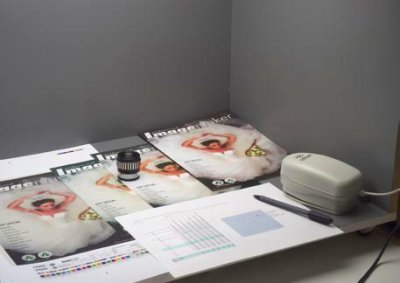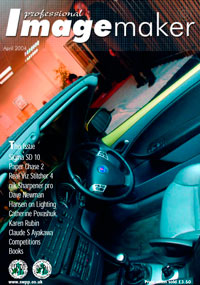articles/Paper/layingtrail-page3
Paper Chase - Laying the Trail - part 3 of 1 2 3 4 5 6 7 8 9 10
by Mike McNamee Published 01/04/2004

What Matters in a paper? Different photographers will have different criteria for what is important in an inkjet paper, but here is Professional Imagemaker's list. They are graded "A" for essential (i.e. must meet the criteria), "B" for desirable and "C" for not so important. Cost for example is graded "not so important" because the paper cost is quite a small fraction of your selling cost. Obviously some prints will have different criteria depending on the image. A monochrome specialist will have maximum black, grey linearity and probably metamerism high on their list (metamerism of course is more a property of the ink set). A social/wedding photographer will unquestionably have skin tones as their top priority. Scuff resistance is more important to the non-fine art user, people who buy fine art should be used to handling their prints with care. We considered creating a graded scale to assess paper but decided against it; it would have to carry too many caveats according to use to be meaningful. You are going to have to read, make your mind up and then test. Testing is well catered for as most of the suppliers will sell you a test pack containing a range of papers. The better ones even understand what you really need and Mwords, as an example, have packs with more than two of each surface in. They provide these in the knowledge that you need about 6 sheets to even start to get an idea of how a paper behaves.

How should we test print?This is a serious question for a review such as this as you have to balance the needs of different uses. A baseline is needed for those who want to adopt simple routines but to really test a paper's capability you have to profile it as well as you can. There are six ways of setting up your system and, in rising order of merit, they are:
Please Note:
There is more than one page for this Article.
You are currently on page 3
- Paper Chase - Laying the Trail page 1
- Paper Chase - Laying the Trail page 2
- Paper Chase - Laying the Trail page 3
- Paper Chase - Laying the Trail page 4
- Paper Chase - Laying the Trail page 5
- Paper Chase - Laying the Trail page 6
- Paper Chase - Laying the Trail page 7
- Paper Chase - Laying the Trail page 8
- Paper Chase - Laying the Trail page 9
- Paper Chase - Laying the Trail page 10
1st Published 01/04/2004
last update 09/12/2022 14:55:40
More Paper Articles
There are 0 days to get ready for The Society of Photographers Convention and Trade Show at The Novotel London West, Hammersmith ...
which starts on Wednesday 15th January 2025





